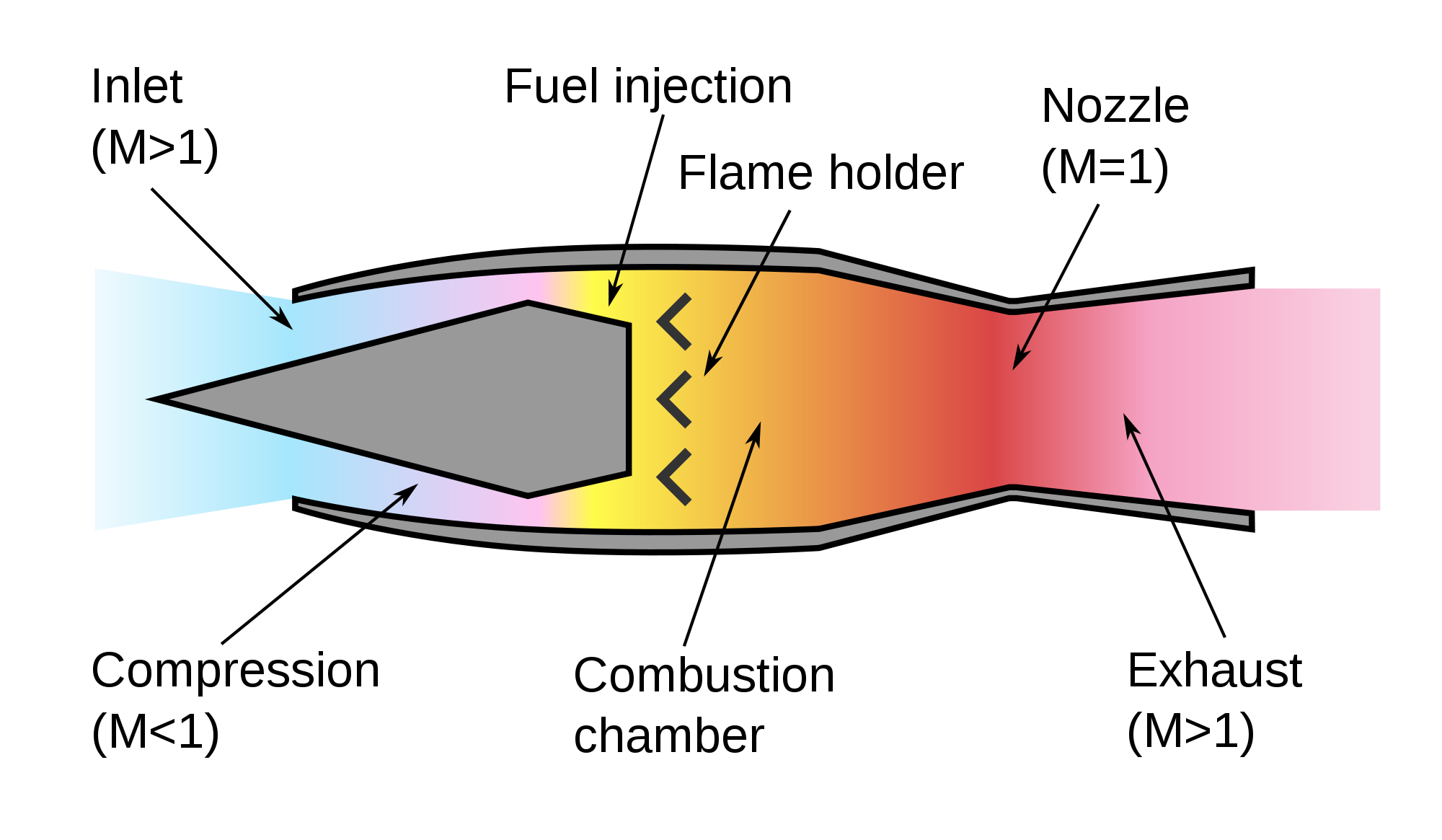
By Heather Hamilton, Contributing Writer
In six months, engineers at the Naval Air Warfare Center Weapons Division designed and flew a ramjet missile, according to an article in Naval Aviation News. Falling well within their deadline, the missile was also built using items inexpensive enough to be purchased with a credit card. The missile may be part of the fleet in three to four years.
An article in Popular Mechanics asserts that, post-9/11, the armed services has concentrated on fighting insurgencies, contending with Russia and China, who have grown more aggressive. As a result, the need for highly responsive weapons capable of hitting targets from long distances has increased.
“The combination of range and speed is an absolutely enabling technology for the warfighter that they need now,” Matt Walker, head of the Airbreathing Propulsion Section at NAWCWD, told Naval Aviation News.
Unlike a traditional rocket motor, which uses about 90% of the rocket’s propellant, the ramjet engine, which has been around since the 1910s, uses the forward motion of a missile to push air into the engine, thus moving oxygen into the combustion chamber to mix with fuel and provide thrust, Walker explained.
The relatively simple method by which the ramjet operates is also faster (up to Mach 6) and can travel three times as far on the same amount of fuel as a standard rocket motor. Logically, this gives enemies less time to react, Popular Mechanics says. Walker also mentions that the larger fuel stores allow a ramjet to sustain higher speeds during flight, making it a more difficult target than a solid rocket motor.
Ramjet propulsion needs air to work, though, which means that missiles can’t take off from a complete stop — they need a rocket motor or other booster to give speedy acceleration that generates enough of air to initially power the ramjet.
NAWCWD Commander, Rear Adm. Brian Corey, and Weapons and Energetics Department Director, Dan Carreño, asked Walker and his team to build a working ramjet in six months. The six-month turnaround on the Naval Air Warfare Center Weapons Division is remarkable partly because of the 20 or so years required to develop and build a fighter plane. “If you have a small team, you can just get together and draw on a whiteboard on the fly and not have to worry about getting the large team involved and buy-in from everyone,” Walker said.
The small team worked without defence contractors, which hastened their timeline and allowed them to work without regard to profit, Naval Aviation News reports.
One of the most remarkable things about the newly developed ramjet is the relative simplicity of it. The team used a model rocket engine instead of designing their own, which cost them only $900. The low cost meant that the team could work more quickly, circumventing the defense acquisition process. The low cost also meant that the team had the money to test often. The third launch yielded a working scramjet missile propulsion unit.
“We learned things in that flight that we would not have even known to look for, so ‘fly early and often’ was our mantra,” Walker said, adding that the first flight yielded a timing issue with the ramjet’s ignition and the second flight an engine fire. The agile team then made changes, and by the third flight, the jet ignited perfectly.
Going forward, the team hopes to make the rocket and ramjet a single body sharing the combustion chamber (now the rocket booster is designed to fall off upon completion of acceleration). They believe that they’ll have a working missile to add to the fleet in just three or four years.
Sources: Navalaviationnews and Popular Mechanics
Advertisement
Learn more about Electronic Products Magazine





